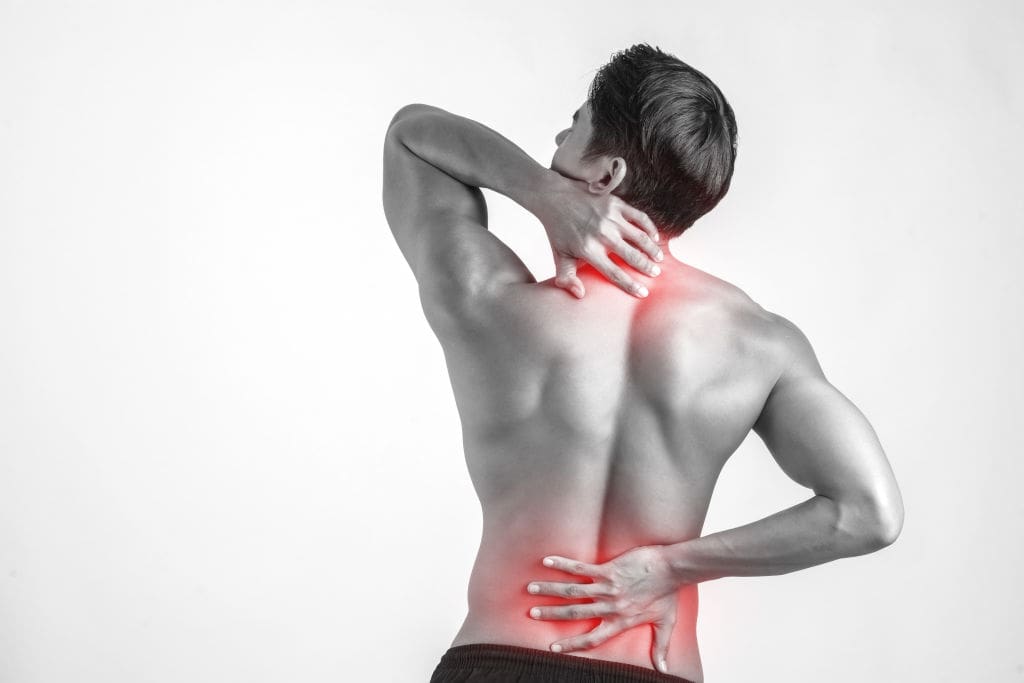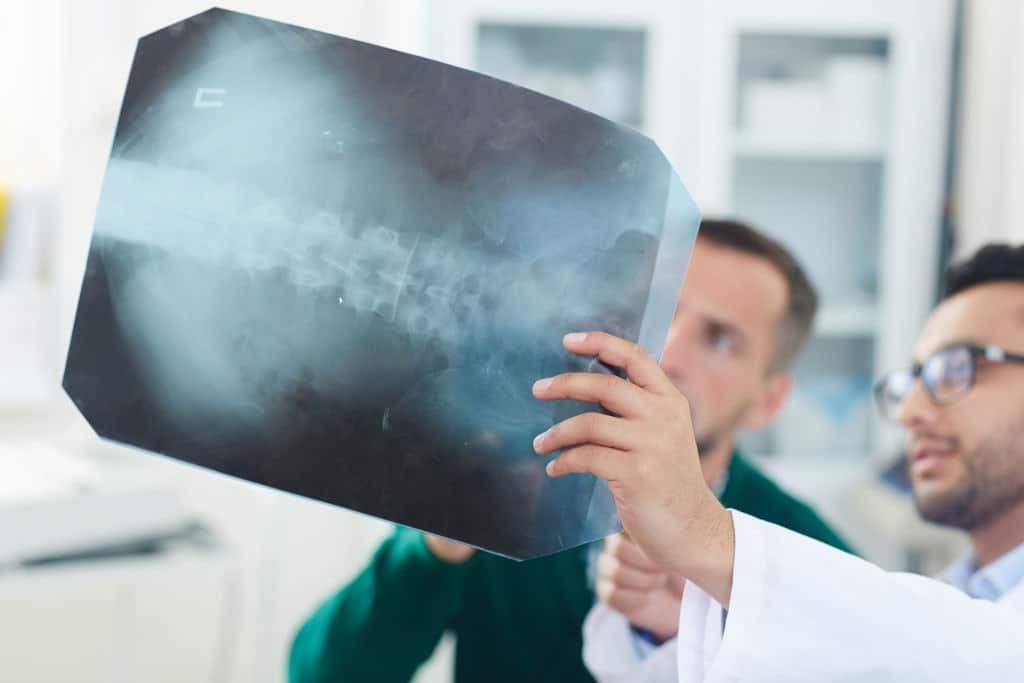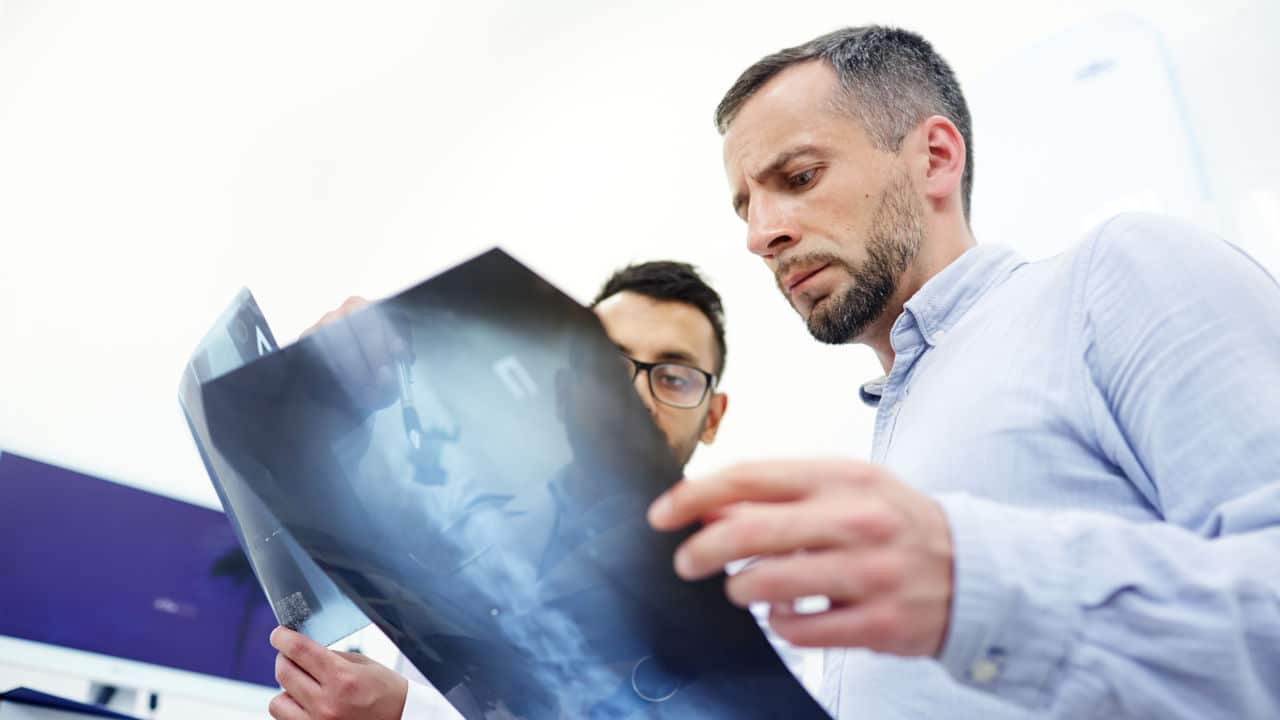Spinal stenosis is the narrowing of the spaces within the spine. When this happens, the space becomes smaller, increasing the pressure on the spinal cord and nerves. Most frequently, spinal stenosis develops in the neck and lower back.
The neck symptoms range from no pain to tingling, numbness, or weakness in the hand, arm, foot, or leg. In the lower back, there may be discomfort or cramping, especially after prolonged standing or sitting.
People can hurt their spine in various ways, including slip-and-fall accidents, car accidents, and even poor lifestyle decisions. The issue is that you may not be to blame in certain situations.
Even when you follow all the necessary safety procedures, accidents happen because of someone else’s carelessness or blunders. You are entitled to financial compensation for all your losses and damage in this situation.
Proving spinal stenosis may be complex in certain circumstances. It may require a visual aid in the form of medical trial animation to help the court gain insight into the facts and peculiarities of the case.
Trauma As A Cause Of Spinal Stenosis
In general, back injuries are quite complicated and serious. If something happens to the spinal column, which is a crucial component of the central nervous system, paralysis may ensue. It can cause some different medical diseases as well as long-term problems.
This medical condition is caused by several different things, such as excessive growth of bone, herniated disks, tumors, and thickened ligaments. In some instances, however, it is caused by spinal injuries acquired from traumas like car accidents.
Although a car collision cannot directly induce spinal stenosis, it can result in an injury that does.
A car accident may result in internal structural ailments, such as damage to the spine. A person injured in an accident frequently sustains neck and back injuries. Spinal stenosis may develop as a direct result of this injury, or it may take time to develop owing to spinal degeneration.
Additionally, it may make a case of asymptomatic spinal stenosis worse. Due to the lack of symptoms, a person with spinal stenosis may not always be aware of their condition. However, trauma can trigger the development of these symptoms.
Spinal stenosis is not limited to traumas like car accidents. It can also be caused by another direct impact on the back, including assaults, slips and falls, falling objects, heavy lifting at work- as seen in the case of Lyle v. Exxon Corp, and many more.
In all of these instances, the actions and negligence of another person may cause the accident that led to the trauma. You may be able to recover compensation if the case is instituted in court and proof is provided to showcase how the injury led to spinal stenosis.
One major way to achieve this is through the use of medical animation.

Why You Should Use Medical Animation in Your Spinal Stenosis Court Action
A claim for damages in the case of spinal stenosis does not outrightly guarantee a win. To get them, you have to put up a good fight. Here is where a medical animation could be of use to you.
With medical animation, it is possible to prove the extent of your injury to the jury. This will inevitably help you to milk all you can get from your court case.
Here are some of the damages you can get from using medical animation to prove your spinal stenosis.
- Medical expenses
Spinal stenosis can be very expensive, particularly if surgery is required. All your medical costs, including those for mobility assistance, medicine, and physical therapy, should be covered.
- Lost wages
Spinal stenosis is frequently painful until it is treated properly. A victim will likely need to take some time off from work to recover and manage the pain. However, taking time off typically results in earning less money or none at all. This can terribly affect the family’s ability to support itself. If the accident was not the victim’s fault, they should be compensated for lost wages until they can return to work.
With medical animation, you can prove that the injury was so severe that the victim had to take time off work. Essentially, the animation will portray the injury and how it would prevent them from performing the tasks they normally perform at their place of work.
- Pain and suffering
Spinal stenosis can be quite limiting in terms of pain and suffering. For instance, you might have to give up playing your preferred sport. Life may not be as enjoyable as it once was because of chronic pain, illness, or both.
Pain and suffering are pretty difficult to calculate in monetary terms. Visual aids like medical trial animation can help tremendously showcase the severity of the pain and suffering the plaintiff has had to endure.
In the case of Lyle v. Exxon Corp, the plaintiff was able to secure damages in the form of medical expenses, temporary total disability benefits, and permanent partial disability benefits after a work accident that caused his spinal stenosis.

Conclusion
Spinal stenosis is a lifelong condition that needs constant medical support and may lead to disability. Medical animators at Fox-AE understand this and are committed to helping. With our medical animation, we can showcase the level of pain and discomfort a spinal stenosis brings to a victim. We can illustrate a calculation showing the medical expenses over the years as well as lost earnings.
We work patiently and closely with attorneys and expert witnesses on a case to ensure that we create admissible medical trial animation that drives home their point and helps their clients get justice.





